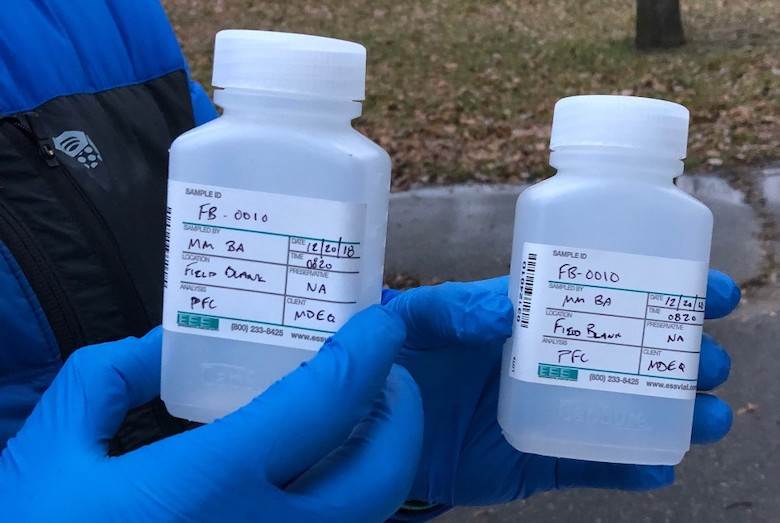Research team discovers Achilles’ heel of PFAS

Chemists at Northwestern University in Illinois have claimed a breakthrough with per- and polyfluoroalkyl substances (PFAS).
Bacteria cannot consume PFAS, fire cannot incinerate them and water can’t dilute them, academics at Northwestern have said. But using low temperatures and what they have described as inexpensive, common reagents, the research team there has succeeded in developing a process that causes two major classes of PFAS compounds to fall apart, leaving behind only benign products.
One of the types of PFAS the team worked on, with success, was perfluorooctanoic acid (PFOA), present in many of the water-repellent treatments used in outdoor clothing.
“PFAS has become a major societal problem,” said Professor William Dichtel, who led the study. “Even a tiny amount of PFAS causes negative health effects, and it does not break down. We can’t just wait out this problem. We wanted to use chemistry to address this problem and create a solution that the world can use. It’s exciting because of how simple our solution is.”
He said the team’s analysis of PFAS confirmed the strength of the carbon-fluorine bonds they contain, but adds that they also found the compounds’ Achilles’ heel.
PFAS contains a long tail of unyielding carbon-fluorine bonds. But at one end of the molecule, there is a charged group that often contains charged oxygen atoms. Professor Dichtel’s team targeted this head group by heating the PFAS in dimethyl sulfoxide with sodium hydroxide, a common reagent. The process decapitated the head group, leaving behind a reactive tail.
“That triggered reactions and it started spitting out fluorine atoms from these compounds to form fluoride, which is the safest form of fluorine,” the professor said. “Although carbon-fluorine bonds are super strong, that charged head group is the Achilles’ heel.”








